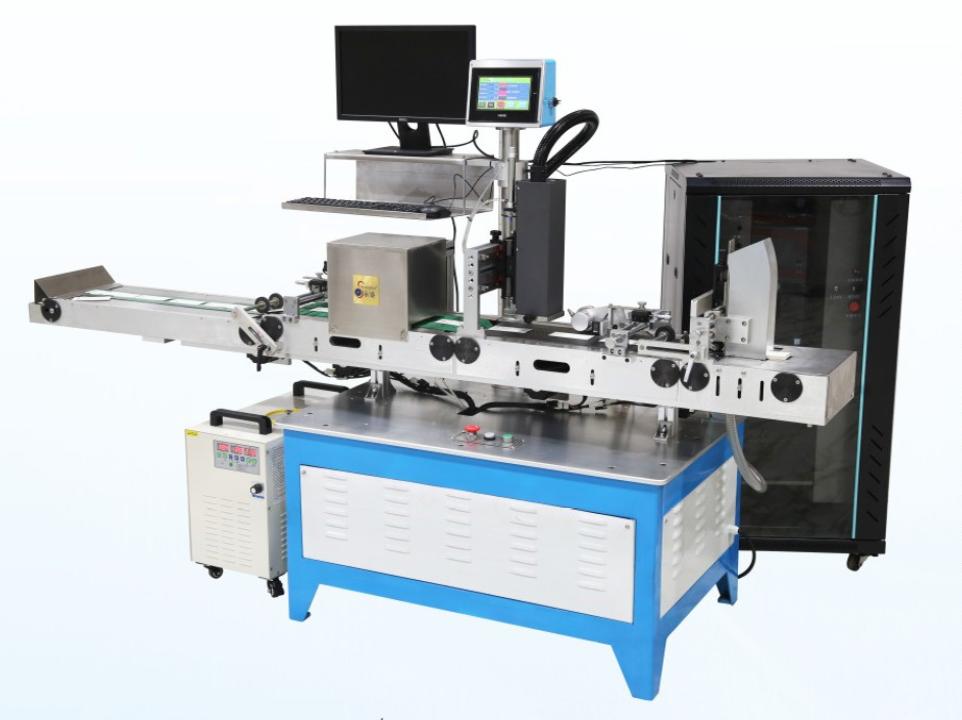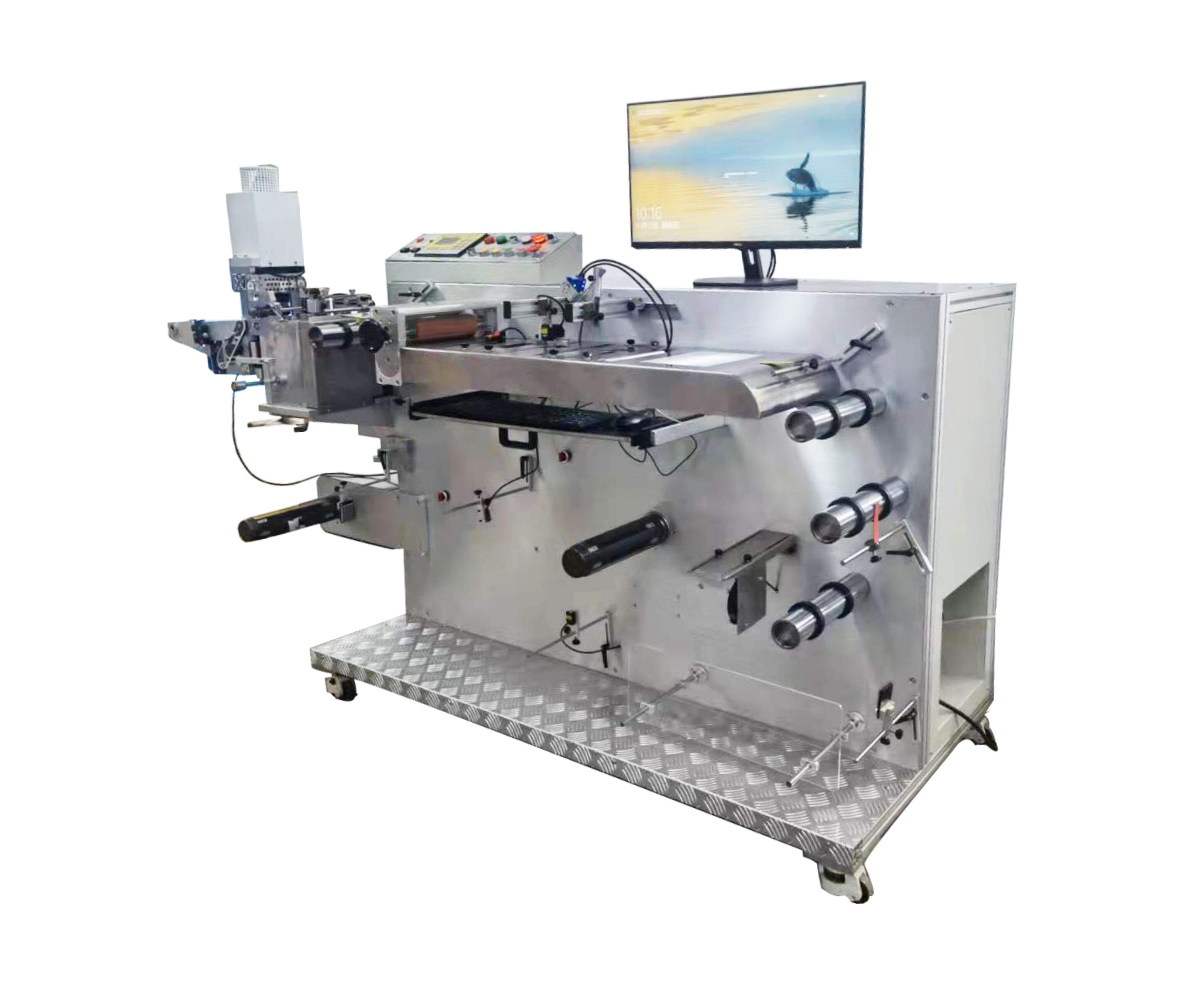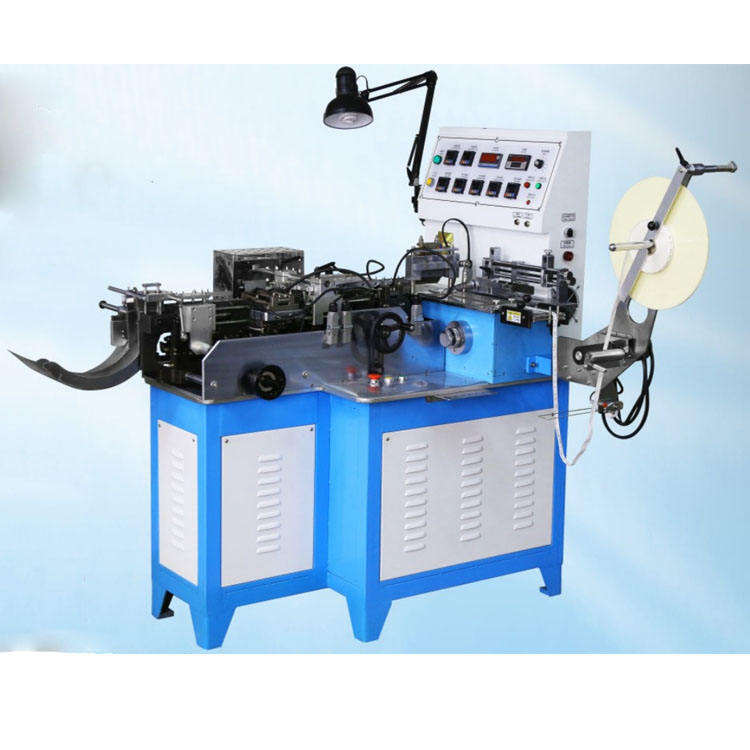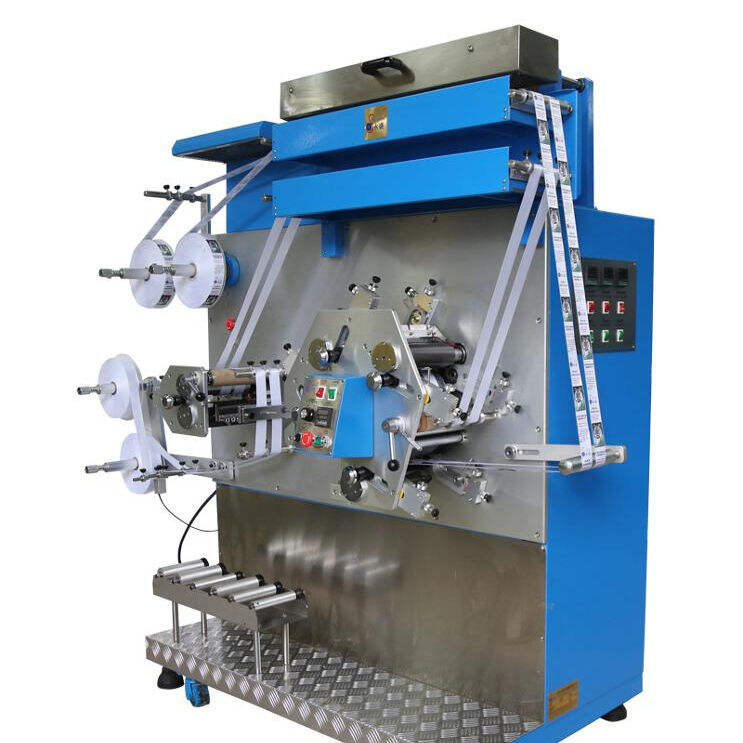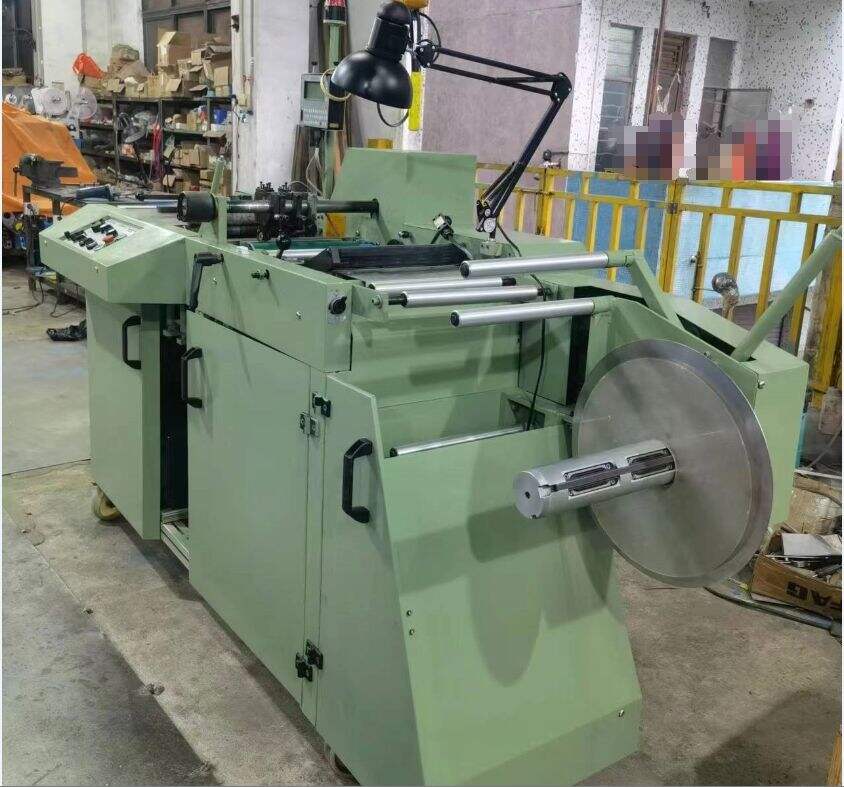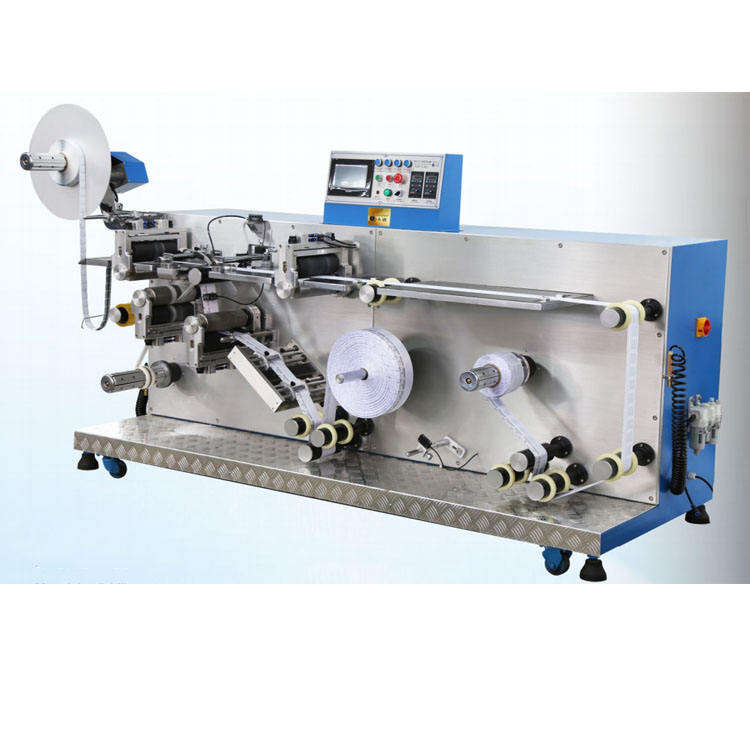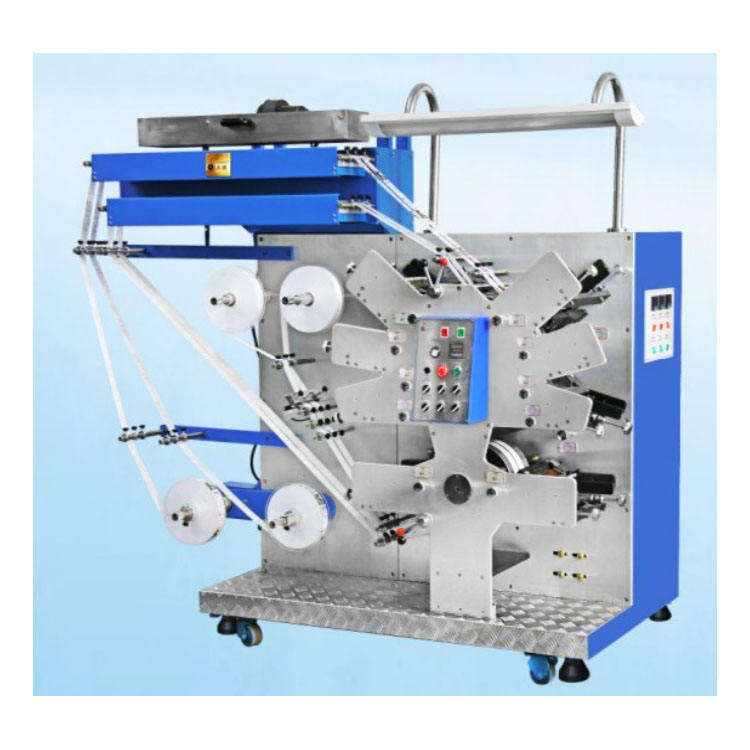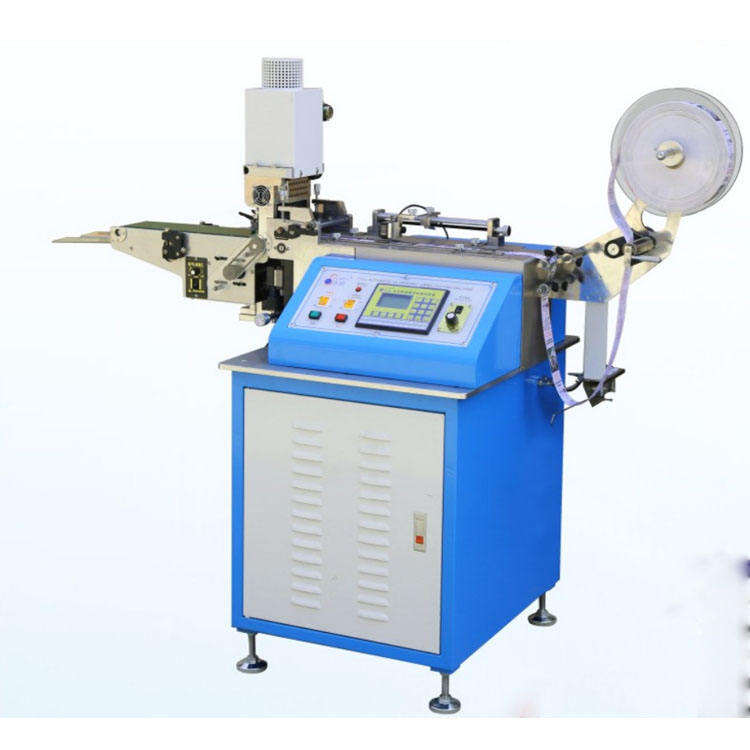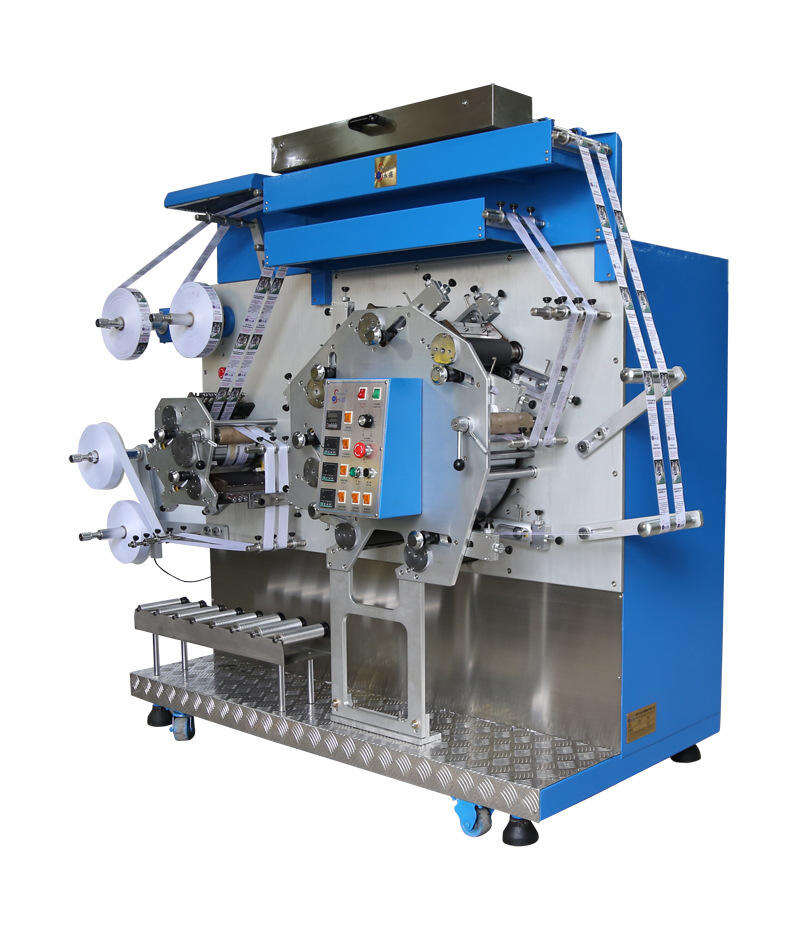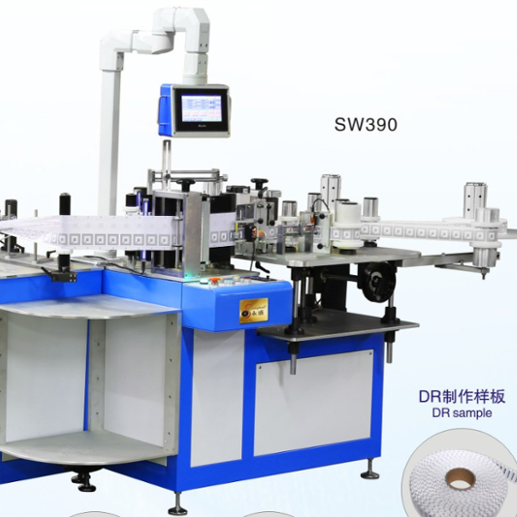Cost-Effective Offset Printing Solutions for High-Volume Label Needs
Core Advantages of Offset Printing for Mass Label Production
Superior Cost-Efficiency in Large Batch Runs
Offset printing stands out for its remarkable cost-efficiency, especially when dealing with large batch runs. As the quantity of labels increases, the cost per label significantly decreases due to reduced setup and ink expenses. High-volume orders can save approximately 30-50% compared to smaller runs, thanks to economies of scale where setup costs are distributed over more units. This notable cost-saving potential makes offset printing an attractive option for businesses that require mass label production. Additionally, companies can further enhance these savings by entering long-term contracts with printers, allowing them to negotiate better rates and optimize their printing budget effectively.
Material Versatility for Diverse Label Applications
Offset printing offers impressive material versatility, suitable for diverse label applications across different industries. It supports a wide array of substrates, including paper, plastic, and metal, catering to sectors like food and beverage, cosmetics, and logistics. With custom coatings and finishes available, businesses can significantly enhance the durability and visual appeal of their labels, tailoring them to specific needs such as waterproof or thermal-resistant qualities. According to industry reports, there is a growing trend toward using more innovative substrates in offset printing, reflecting the increasing demand for adaptable and high-performance label options across various applications.
Consistent Print Quality Across High Volumes
One of the core strengths of offset printing is its ability to maintain consistent print quality across high volumes. It is renowned for producing sharp, high-resolution graphics, ensuring every label retains its aesthetic value no matter how large the batch. Modern offset printing processes often include automated quality control systems that continuously monitor and adjust print settings in real-time. This technology guarantees print consistency, reinforcing brand perception positively, thereby fostering customer loyalty and satisfaction. Research highlights that superior print quality is crucial in establishing a trusted brand image, serving as a key factor in maintaining a competitive advantage in the market.
Material and Technology Innovations in Label Manufacturing
Aluminum Plate Durability for Repeated Use
Aluminum plates significantly improve the durability and lifespan in offset printing compared to traditional printing plates, offering increased sustainability and cost efficiency. Industry experts have observed that aluminum plates can last up to five times longer than conventional plates, which reduces replacement frequency and material waste. This longevity translates into lower operational costs, making aluminum plates an eco-friendly choice for large-scale productions. By investing in aluminum plates, businesses can enhance their return rates while supporting sustainable printing practices that minimize environmental impact.
Specialty Finishes Enabled by Offset Techniques
Offset printing technology offers unique specialty finishes like metallic inks, embossing, and spot UV, enhancing product appeal and marketing effectiveness. These finishes add distinctive visual and tactile elements to labels, making them more noticeable and influential for consumers in retail settings. Design studies indicate that labels incorporating such special finishes have up to a 60% higher recall rate among consumers, leveraging aesthetic enhancements to boost purchase decisions and brand recognition. The use of offset printing for these advanced techniques not only elevates label design but also contributes to a competitive advantage in crowded marketplaces.
Cost Optimization Strategies for Large-Scale Label Orders
Economies of Scale in Industrial Printing
Leveraging economies of scale in industrial printing can significantly optimize production costs. When companies place bulk orders, they can benefit from lower prices due to the mass purchasing of materials and services. Evidence suggests that production cost reductions can range between 20-40% once orders exceed certain thresholds, providing substantial financial incentives for companies to plan larger orders strategically. Collaborating with printers to forecast production needs allows businesses to secure discounts by committing to specific volumes, thereby ensuring long-term cost efficiency and effective resource management.
Long-Term ROI on Plate Investments
Investing in high-quality printing plates is a strategic decision that pays off over time by boosting profitability. These plates are designed to produce more prints before needing replacement, which directly contributes to enhanced cost savings. Market analyses indicate that companies leveraging durable plates can see a return on investment (ROI) of over 200% within the initial years of usage, reflecting the significant financial advantages of such investments. Furthermore, securing agreements with suppliers for maintenance and support enhances overall cost management, ensuring that operations remain smooth and uninterrupted, which is crucial for sustained business success.
Advanced Machinery Enhancing Offset Production Efficiency
RFID Labeling Machine: Precision Tag Integration
Implementing RFID technology in label production significantly enhances precision and efficiency. It enables accurate tracking and inventory management, which can substantially reduce supply chain errors. Businesses that adopt RFID solutions often experience inventory cost reductions of up to 30%. This is because RFID technology provides improved visibility, allowing companies to better manage their stock and reduce inefficiencies. The growing demand for automated tracking and improved inventory management is propelling the adoption of RFID-integrated labeling machines in offset printing. As businesses seek streamlined operations, machines like the RFID Labeling Machine become indispensable for achieving these goals.
Auto Multi-Functional Woven Label System: Ultrasonic Cutting
The introduction of advanced ultrasonic cutting technologies marks a significant improvement in label production. These technologies ensure clean edges on woven labels by reducing fabric fraying, thus enhancing overall product quality. The implementation of auto multi-functional systems accelerates production speed while maintaining high accuracy, which drives down operational costs. Businesses adopting such systems report up to a 25% decrease in labor costs due to streamlined processes. The precision offered by ultrasonic cutting means labels are produced with a neat finish, vital for excellent presentation in the garment industry. The Auto Multi Functional Woven Label Cutting And Folding Machine exemplifies this advancement in efficiency and quality.
Computer-Controlled Garment Label Printer: High Efficiency and Precision
Transitioning to modern, computer-controlled printers represents a significant advancement in label production technology. These printers offer a significant boost in speed, allowing for high-rate label production while maintaining exceptional quality. Studies show that automated screen printing technology can achieve rapid production rates with acceptable quality. Reducing pre-press time and minimizing manual intervention in the printing process results in improved cost efficiency and competitive pricing. For those in garment manufacturing seeking to produce high-quality labels efficiently, the Automatic Computer Controlled Garment Label Screen Printing Machine represents a standout option.
FAQ
What are the main benefits of offset printing for large batch runs?
Offset printing is cost-efficient for large batch runs primarily because the cost per label decreases significantly with larger quantities. This is due to reduced setup and ink expenses, which enable high-volume orders to save 30-50% compared to smaller runs.
Can offset printing handle different materials for label production?
Yes, offset printing offers material versatility, supporting various substrates like paper, plastic, and metal, which makes it suitable for diverse industries such as food and beverage, cosmetics, and logistics.
How does offset printing ensure consistent print quality across high volumes?
Offset printing maintains consistent print quality across high volumes by producing sharp, high-resolution graphics and employing automated quality control systems. These systems monitor and adjust print settings in real-time, ensuring consistent quality throughout the print run.
What are some specialty finishes available with offset printing?
Offset printing offers unique specialty finishes such as metallic inks, embossing, and spot UV, which enhance product appeal and marketing effectiveness by adding visual and tactile elements to labels.
How can economies of scale optimize production costs for large-scale label orders?
By placing bulk orders, companies can achieve significant cost savings, which range between 20-40%, due to the efficiencies of mass purchasing of materials and services.
What are the benefits of investing in high-quality printing plates?
Investing in high-quality printing plates leads to a higher return on investment over time, as these plates can produce more prints before needing replacement. Market analyses report potential ROI of over 200% within the initial years of use, providing significant financial benefits and ensuring sustainable cost management.
Recommended Products
Hot News
-
Reflect On The Cultural Significance Of The Printing Press In Preserving And Disseminating Knowledge
2023-12-08
-
The Role Of The Printing Press In The Global Economy
2023-12-08
-
Environmental Impact: Analyzing The Environmental Footprint Of The Printing Industry
2023-12-08
-
The Frontier Of Printing: 3d Printing And Its Industrial Renaissance
2023-12-08
-
The Evolution And Impact Of The Printing Press
2023-12-08
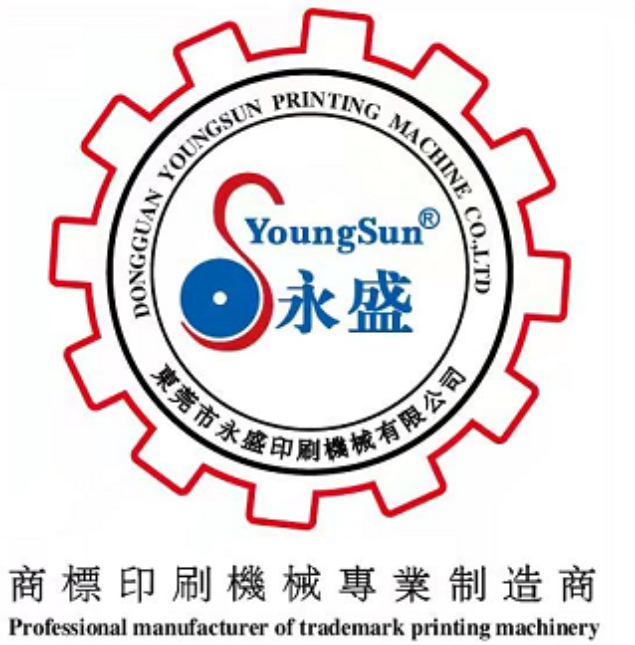
 EN
EN
 AR
AR
 CS
CS
 DA
DA
 NL
NL
 FI
FI
 FR
FR
 DE
DE
 EL
EL
 HI
HI
 IT
IT
 JA
JA
 KO
KO
 PL
PL
 PT
PT
 RO
RO
 RU
RU
 ES
ES
 SV
SV
 IW
IW
 ID
ID
 VI
VI
 SQ
SQ
 HU
HU
 MT
MT
 TH
TH
 TR
TR
 AF
AF
 GA
GA
 BN
BN
 BS
BS
 LO
LO
 LA
LA
 MI
MI
 MN
MN
 NE
NE
 MY
MY
 KK
KK
 UZ
UZ
 KY
KY


